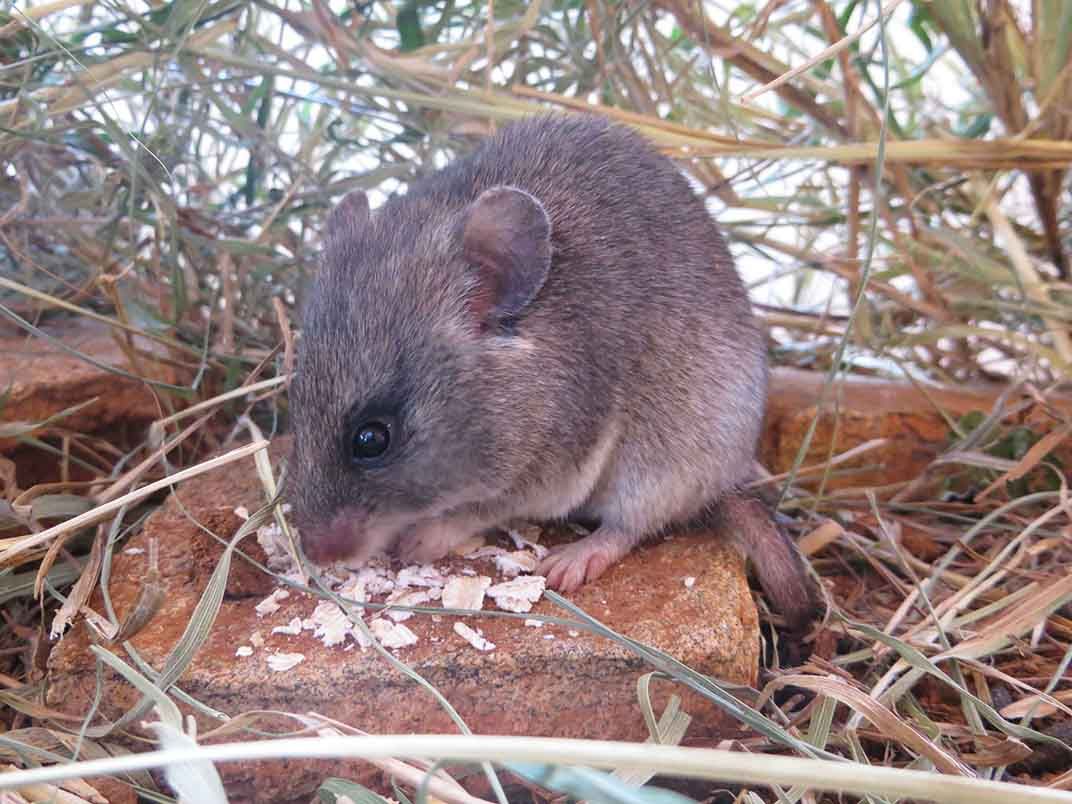How Will Wildlife Loss Affect Diseases That Jump From Animals to Humans?
In an east African case study, scientists found that taking large wildlife out of an ecosystem increases the number of disease-infested rodents
/https://tf-cmsv2-smithsonianmag-media.s3.amazonaws.com/filer/04/8a/048aeb49-838c-4133-9c3e-96069b5c357a/zebraedit.jpg)
What affects a rat couldn’t possibly affect us, right? Wrong. Humanity’s relationship with its rodent neighbors goes back millennia, and most dangerously manifests itself in zoonotic diseases—pathogens that can jump from other species to humans and vice versa. From the plague to lyme disease to hantaviruses, rodents are pretty ideal vectors for diseases that can spread to humans. Infection can travel directly, through contact with rodent droppings or urine, or indirectly, through ticks or mosquitoes that first bite rodents and then bite humans.
Researchers are starting to wonder how the rat-human disease relationship will change in light of growing wildlife loss. Around 25 percent of the world’s mammals are threatened by extinction, and 52 percent of all species are on a general decline. “Wildlife has been declining really since the Pleistocene, since early human arrival and interaction with large animals. It’s one of the major impacts of humans on the world today,” says ecologist Hillary Young, a former Smithsonian research fellow now at the University of California in Santa Barbara.
Young and her colleagues published a study last week in the Proceedings of the National Academy of the Sciences that examines what happens to the prevalence of a disease carried by rodents in the absence of big mammals on an African savannah. It turns out that without large wildlife—lions, giraffes, elephants, zebras—the number of infected rodents doubled, meaning this loss of wildlife could lead to a rise in some diseases that can spread to humans.
“We have these things that you would think are maybe unrelated— human health and large animals in the environment—and yet when we started to think it through it makes sense,” says Kris Helgen, a zoologist at the Smithsonian’s Museum of Natural History and a co-author.
The relationship might seem intuitive to us: in the absence of larger animals, soil would remain loose and not trampled, vegetation would thrive, and tiny rodent populations would increase with more to eat and more sheltered area to hide from predators.

But do higher populations of rodents mean that more of them are diseased? Prevailing hypotheses suggest that an increase in rodent population dilutes the number of disease hosts, so a randomly selected rodent wouldn’t necessarily be carrying disease. Thus, most diseases would remain unaffected.
So does disease get diluted as host populations grow, or does it spread? Young thought the latter, but to test her hunch, the team had to travel to eastern Africa.
At the Mpala Research Center in Kenya, scientists can conduct ecological experiments on giant plots of land separated by electric fences to exclude animals larger than a small antelope called a dik dik (Madoqua kirkii). The team examined three plots with lions, elephants, zebras and giraffes, and three without. They zeroed in on Bartonella species, bacteria found all over the world that spread from rodents to humans via fleas and cause a variety of zoonotic diseases.
Over two years, the scientists sampled rodent populations in each plot five times, screened rodents for fleas, and tested both fleas and rodents for strains of Bartonella. Consistently, the researchers found no change in the types of rodents in each plot; the most prevalent species was pouched mice (Saccostomus mearnsi).
Though populations fluctuated with rainy and dry seasons, the plots without large wildlife always had around double the number of rodents and fleas (Xenopsylla sp.). These plots also had twice the number of fleas and rodents infected with Bartonella.
“In this case, what we have is a group of rodent-borne pathogens that look like they respond in a really simple way to large wildlife loss,” says Young. The intuitive explanation, then, bears out in the experiment: more vegetation and looser soil, thanks to the lack of large animals, helps to balloon the populations of rodents and fleas, which then increases the number of disease carriers.
If loss of wildlife could translate to more infected disease hosts across African grasslands, the researchers imagine that the relationships would probably translate to different geographies. However, they’ll need to do more research to find out for sure. The team is currently looking into how these relationships behave across different climates and with diseases that don’t require a flea intermediary and instead transmit directly from rodents to humans.
Things might play out differently in the real world compared to a controlled ecological experiment, though. For example, fleas can transmit Bartonella directly to humans. Also, when people clear land of wildlife they usually do something with that land. “It might be cattle. It might be agricultural fields, and understanding to what extent those either dampen or accelerate these [diseases] is important,” says Helgen.
But the paper makes it difficult to avoid the idea that, as large animals continue to face extinction, we may see rising waves of diseases. So preserving the Earth’s biodiversity may, in a very real way, help preserve us.
(Photo featured on the homepage of Grevy's Zebras at the Mpala Research Centre is courtesy of Tui De Roy/Minden Pictures/Corbis.)
/https://tf-cmsv2-smithsonianmag-media.s3.amazonaws.com/accounts/headshot/Screen_Shot_2014-01-27_at_12.05.16_PM.png)
/https://tf-cmsv2-smithsonianmag-media.s3.amazonaws.com/accounts/headshot/Screen_Shot_2014-01-27_at_12.05.16_PM.png)